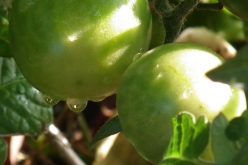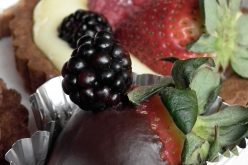BECCA MARTIN-BROWN
bmartin@nwaonline.com
New artifacts on exhibit at the Museum of Native American History in Bentonville didn’t come from a shopping mall — of course. But they do illustrate how 17th- and 18th-century trade between Native Americans and colonists wasn’t completely unlike what we’re used to in the 21st century.
“An important part of Native American history is trade and commerce,” says Caitie Holt, the museum’s curator. “Trade objects were not only symbolic of European and Native American treaties, they symbolized religious, creative and innovative items to the Native American people and often signified status among tribes as well political status with the Europeans.”
“Generally, we get a new object in the collection every few months, but it is more unusual to get several new objects at one time for a single display,” adds Jazlyn Sanderson, the museum’s director. “So this particular exhibit is very exciting!”
The list of 11 new artifacts includes a pair of Haudenosaunee wampum wristbands, a wampum belt fragment, two pipe tomahawks, a hand-carved stone pipe, a Penobscot crown, and five Dutch trade bottles, each item telling its own story with hints at the evolving trading centers along America’s East Coast from the 1600s to the 1800s. They were all acquired by the museum’s founder, David Bogle, whose passion started when he was a boy.
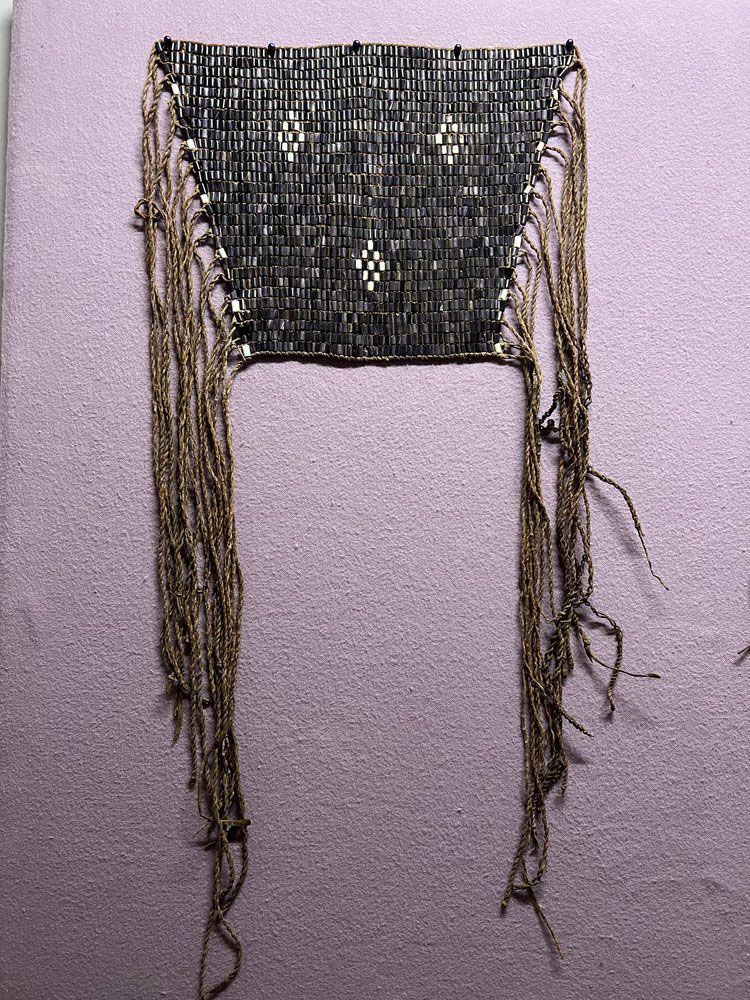
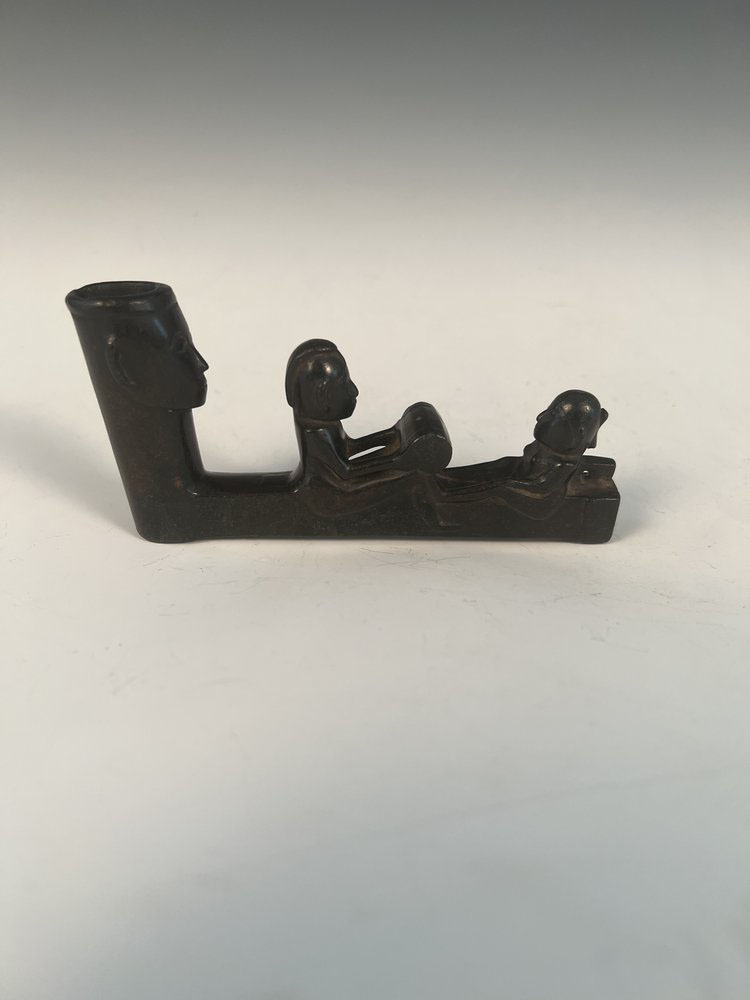
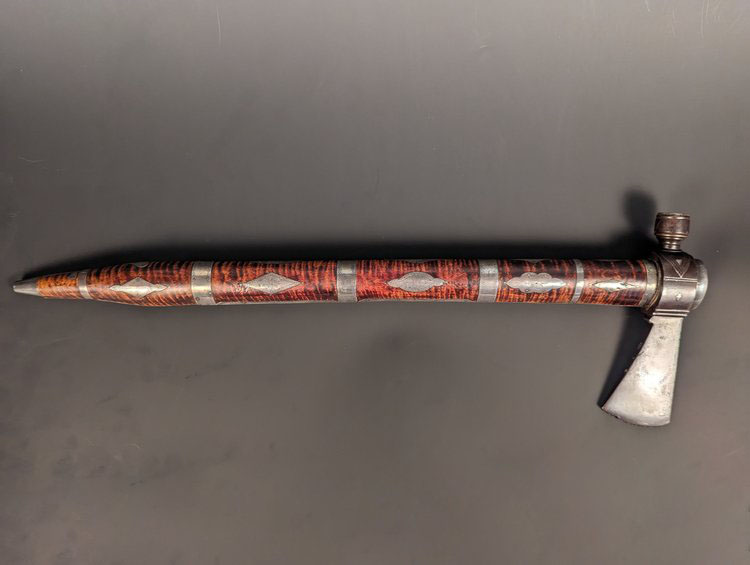
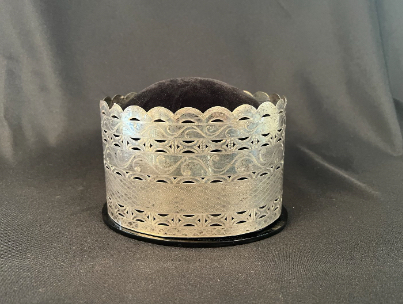
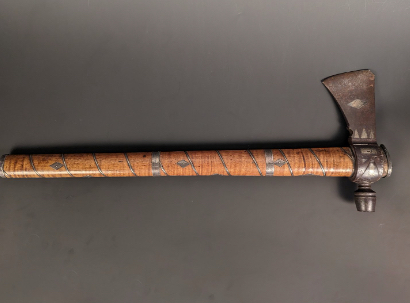
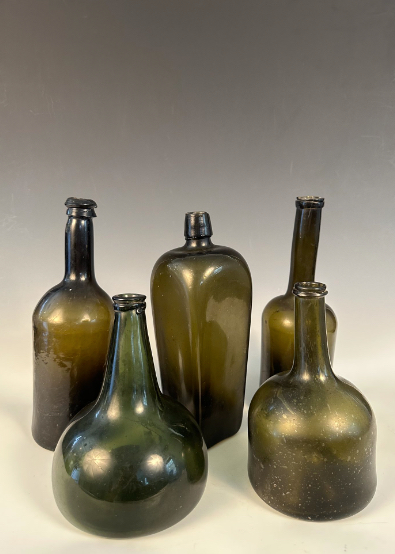
“After collecting arrowheads and other Indigenous artworks for a few years, David founded MONAH in 2006 to highlight the diversity of Indigenous peoples from across the Americas,” says Sanderson. “We take people on a chronological journey from the simplest tools to the most elaborate artwork and give people an advanced understanding of the thousands of cultures” found in North and South America.
“When David looks to add to the collection, he searches for what areas of history or region are currently missing,” she explains. “We are always looking to add to our story in a meaningful way. Since our collections span North and South America, as well as its entire history, that is a lot of ground to cover!”
Of course, Sanderson has been around the museum long enough to know which pieces of the collection are her favorites.
“Some of the most impressive objects in the museum are ‘Lone Dog’s Winter Count’ and the Moche pottery,” she says. “‘Lone Dog’s Winter Count’ is an eyewitness account of history told in the format of a calendar. This is unique because there are less than 100 winter counts in existence, and it depicts the most important events in Nakota history between 1800-1871.
“The second object, or set of objects, are the amazingly crafted Moche pots ranging from 100 A.D. to 800 A.D. — in pristine condition. Not only are these crafted by an incredible potter on the northern coast of present-day Peru, but these give a glimpse into the culture and lifestyle of people from that region and time. You can see how this is a complex society full of beautiful textiles, intricate garments, and artistic expression.”
Sanderson also points out that the museum store has representative art objects available to purchase, “including hand-carved decorative pipes and Native-made jewelry,” so visitors can complete their shopping experience after seeing the new artifacts.
“Peek into these new exhibits to discover how different cultures and societies found common trading ground in those early interactions,” she says, and “the process of buying and selling does not seem so hugely different.”
__
FAQ
MONAH
WHEN — 11 a.m.-5 p.m. Tuesday-Saturday
WHERE — 202 S. W. “O” St. in Bentonville
COST — Free
INFO — monah.org or 273-2456



